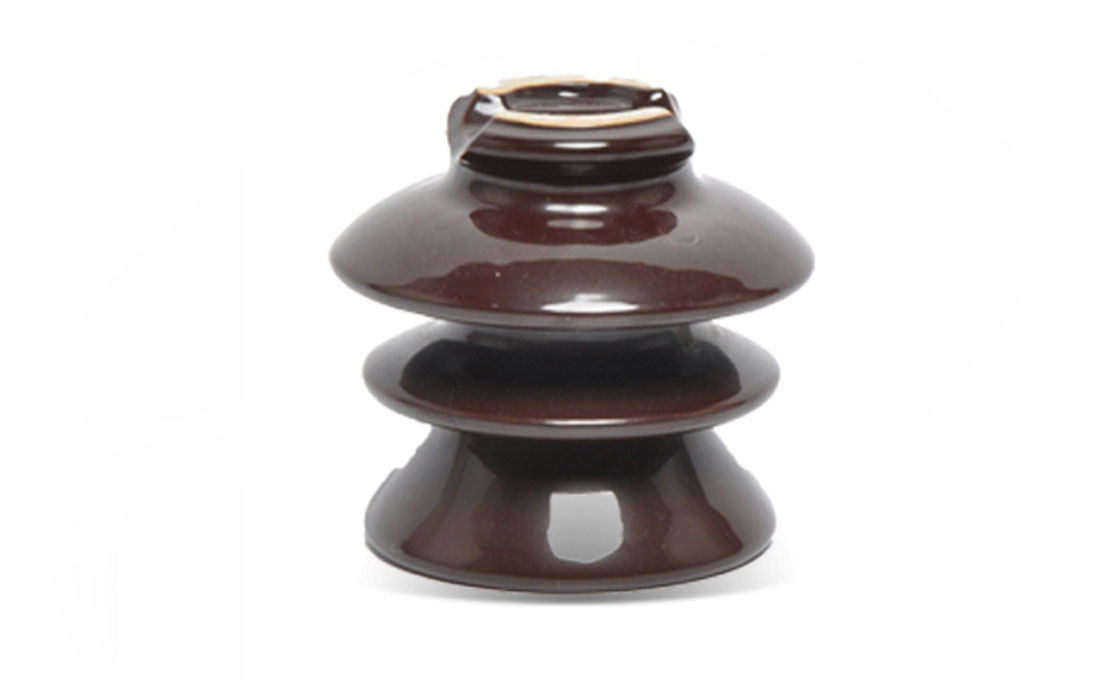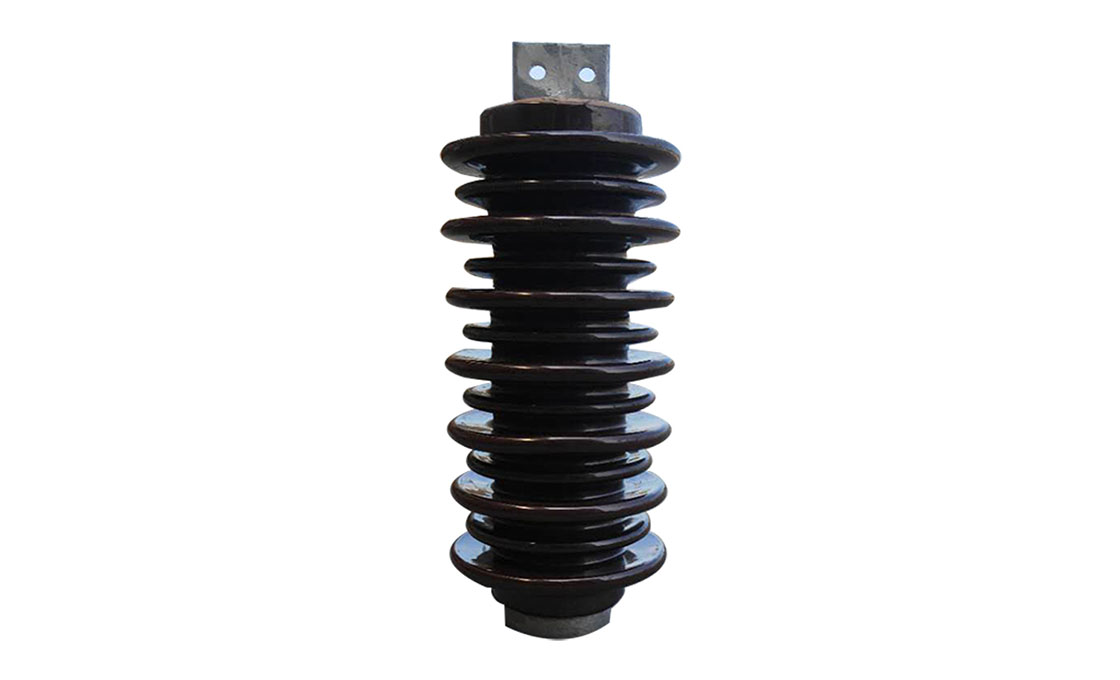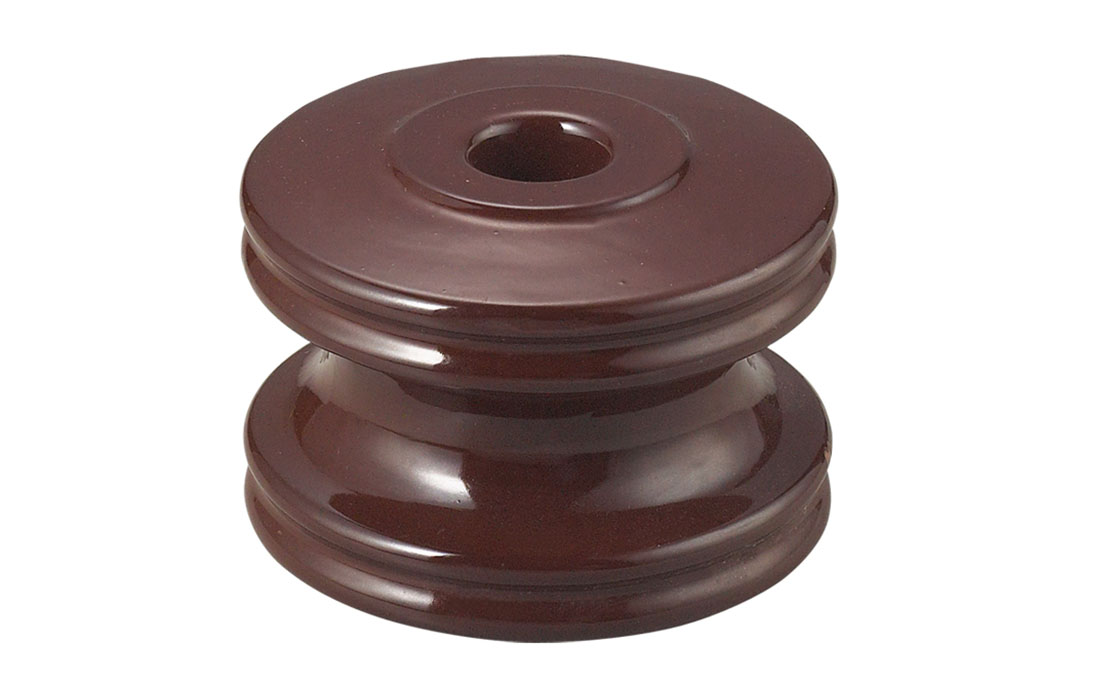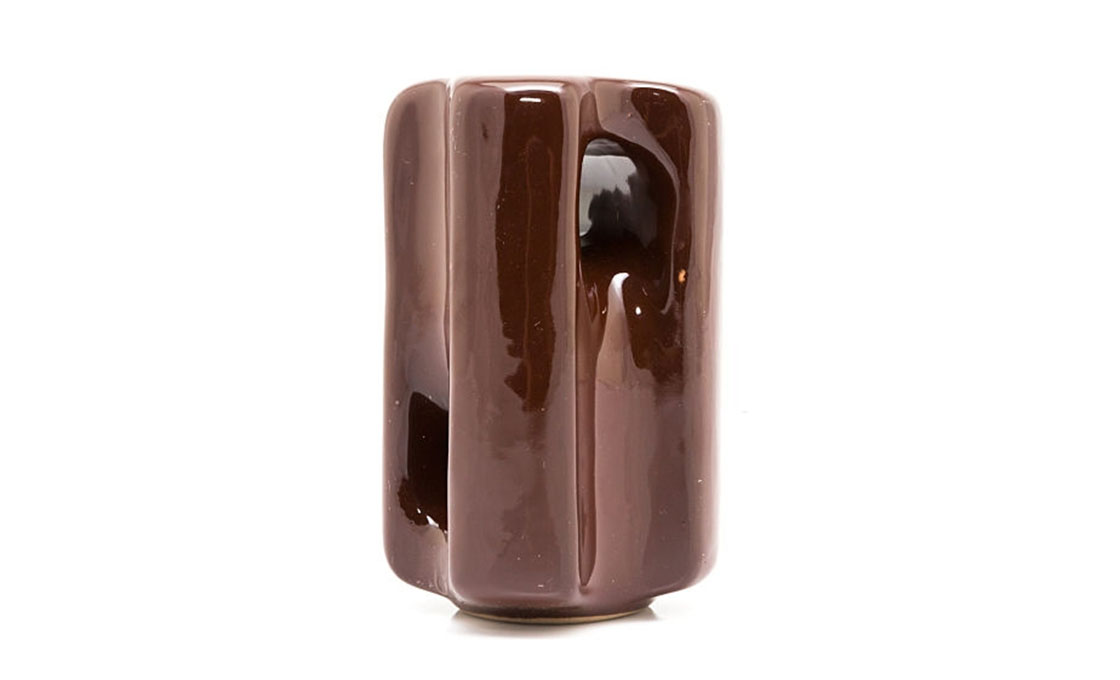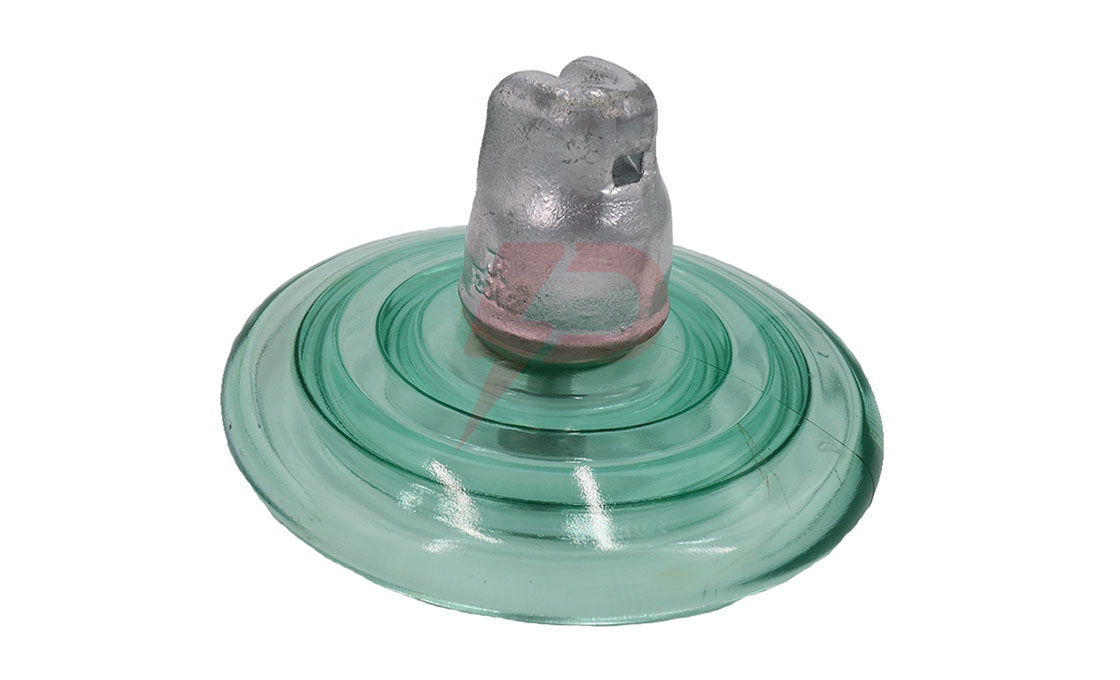Electrical Insulator
An electrical insulator is also called a power insulator, it is an essential component in the overhead line and transmission line systems, it is usually mounted on the power towers, poles or other structures to prevent the electric current from flowing to the unwanted regions from the overhead conductors.
The insulator in the power system can also be used on the telephone pole.
The material of the electric insulator is different from others such as conductors and semiconductors, the electric charges do not flow freely when it is passed through the electrical insulator.
In case you would like to buy this quality electrical insulator for the transmission line, contact us and we will send the free quotation. We are ranked among the best electrical insulators manufacturers in China.
Top Electrical Insulator Manufacturer and Supplier
Electrical insulator materials
There are different types of materials that are used for making electrical insulators for overhead lines.
The most common materials include Porcelain, Ceramic, silicon rubber, Polymer, and Glass.
Each of these insulating materials has distinct physical insulating properties. It is vital to know the properties of each electrical insulator material before choosing it.
Types of Electrical Insulators
Powertelcom manufactures different types of electrical insulators, which are used in a wide range of applications.
Otherwise, the electrical insulators for powerlines are divided into the following types: Pin type insulator, Post type insulator, Strain insulator, Suspension insulator, Shackle type insulator(also called spool insulator) and Stay insulator.
Depending on the volume of current, the insulators are divided into low voltage insulators, medium voltage insulators, or high voltage insulators. They are designed to fit onto powerlines and remain stable.
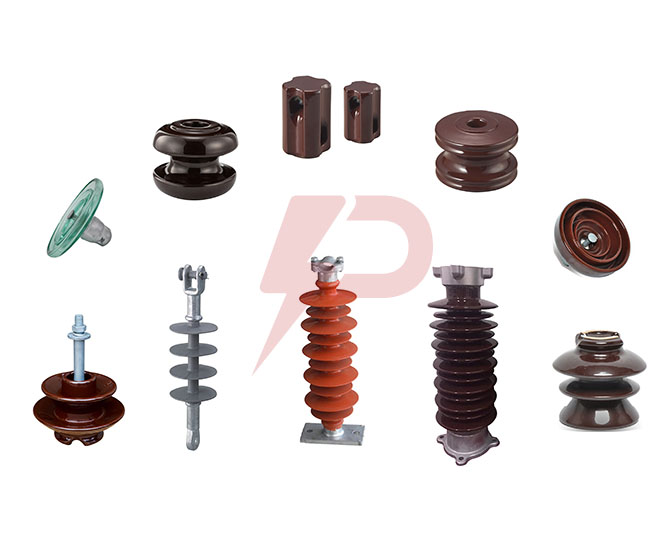
Electrical Power line Insulator Ultimate Guide
According to the credible power line accident statistics , many people get killed by getting into contact with the live power lines. These grim statistics constitute the normal passers-by and even people who work on the power line installations. Fro the statistics, it was discovered that most of these deaths could have been prevented by the use of overhead power line insulators.
Are you managing a high voltage power transmission project? Then overhead line insulators should be among your top priorities. In this guide, we are going to look at everything that you should know about high voltage power insulators.
What is Overhead Power line Insulator?
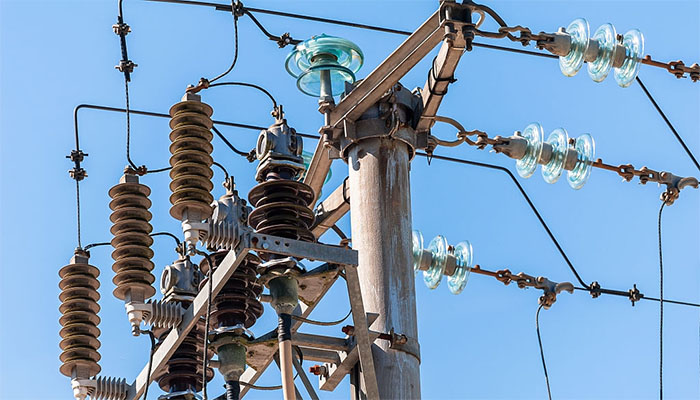
Simply defined, an electrical insulator is a type of material whose internal electric charges don’t flow freely. The resistance to the flow of charges makes it impossible to conduct an electrical current even when the electric field is passed through them.
When compared with other materials such as semiconductors and conductors, which conduct current more easily. The key property that makes an insulator to stand out is its resistivity. Technically, insulators have higher resistivity than semiconductors or conductors.
Insulators are utilized in electrical equipment to support and separate electrical conductors without allowing current through them.
An insulant utilized in bulk to wrap electrical cables or other equipment is named insulation.
The term insulator is additionally used also be used to refer to the insulating supports that are attached to electrical power distribution or transmission lines to utility poles and transmission towers.
They support the load of the suspended wires without allowing the electric current to flow through the tower to the ground.
Electrical Insulator Materials
When buying electrical insulators for power line, it is vital to know what they are made of. Although all the insulators are meant to prevent the flow of electric current, their level of insulation tends to vary.
The most common materials that are used for making electrical power line insulators are glass, porcelain, and composite polymers. Let’s spend some time looking at each of these materials and you will be in a position to decide which one is the best one for you.
- Glass insulator:
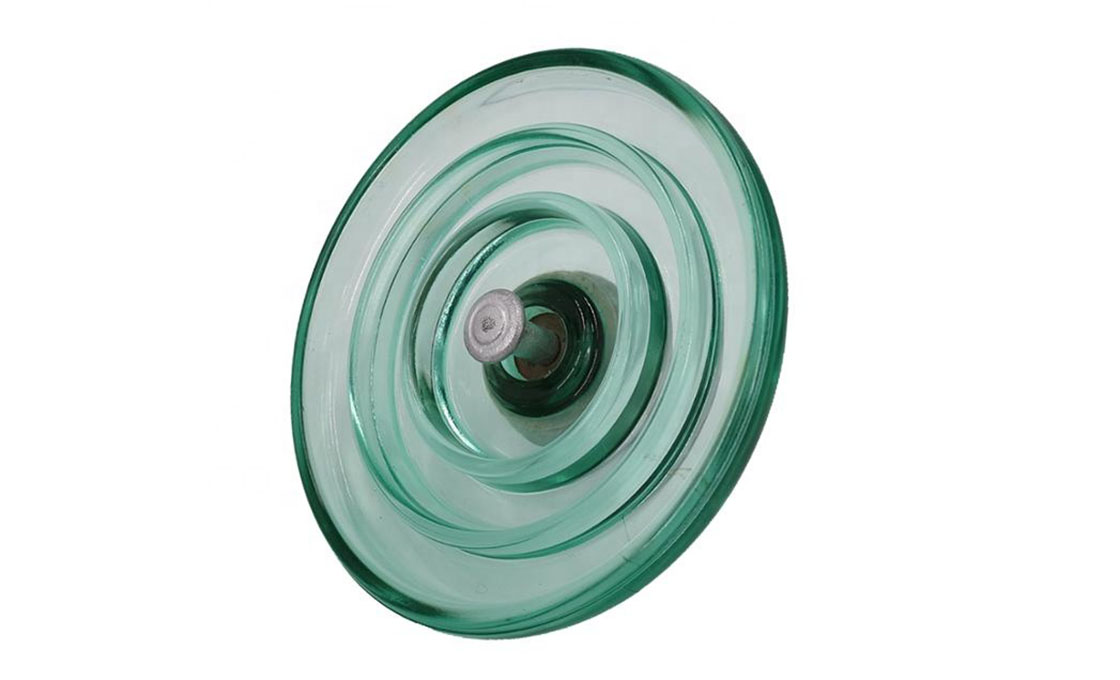
Glass is believed to be the oldest material that has been used for making insulators for the overhead power line. Although porcelain was later embraced for high voltage insulators, glass is still used to date.
Glass has higher dielectric strength than porcelain thanks to the annealing process which is used for manufacturing them. It also features a high resistivity to the electricity while at the same time has a low coefficient for thermal expansion.
With the two terms, it simply means that glass will remain as a good insulator despite transmitting high current. In terms of heat, the insulating properties of glass cannot be easily affected by external temperatures.
The high tensile strength of glass material prevents it from heating up in case of high temperatures. The transparent nature of the glass material makes it easy for you to detect impurities and air bubbles.
Glass has a longer service life than porcelain. It can serve its purpose for years without degrading its electrical or mechanical properties. This works well, especially for the toughened glass.
In terms of cost, glass insulators are cheaper than porcelain and composite polymer insulators.
- Porcelain Insulators
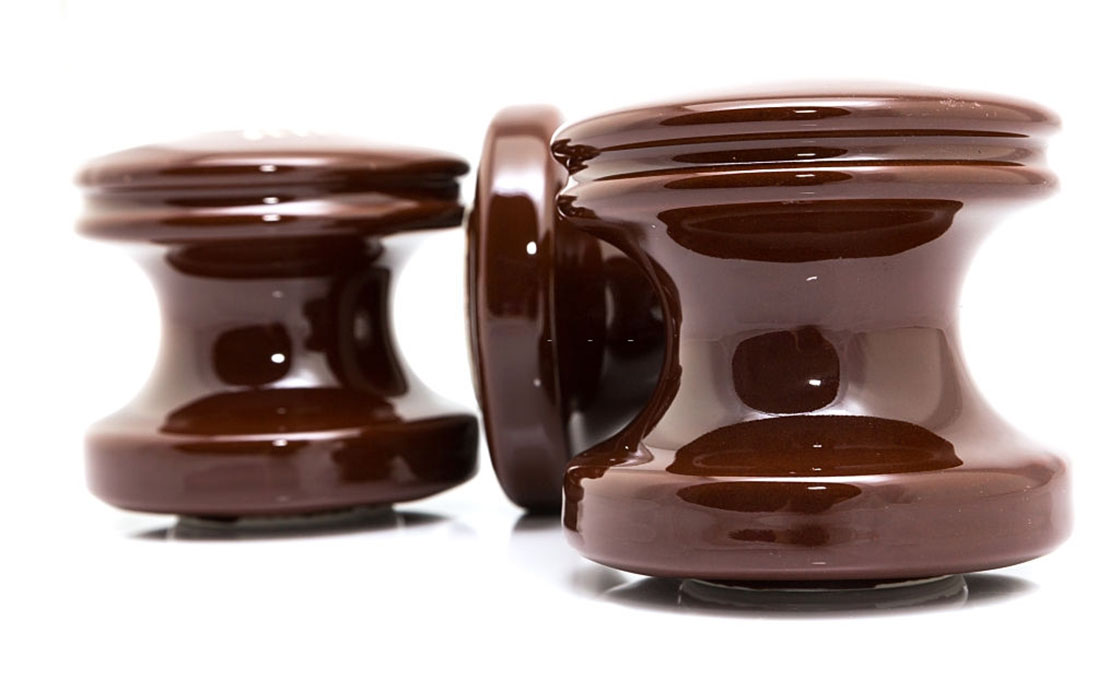
Porcelain is the most preferred material for the overhead transmission lines. Of course, there are numerous reasons behind this massive popularity of this electrical insulator material.
Porcelain is made from a combination of materials including clay, aluminum silicate, quartz, and even feldspar. The material is then covered with a smooth glaze that provides protection against moisture, dust, and other impurities.
As one of the best insulating materials, porcelain does not have any level of porosity. This helps to preserve its dielectric strength. Porcelain insulator manufacturers also ensure that there are no bubbles and impurities which can affect the insulating property of this material.
One of the main advantages of porcelain material as an insulator is it does not contain any cracks or even holes. This helps to keep its insulation resistance high.
Porcelain also boasts of a high dielectric strength which can be as high as 60 kV/cm.
The flexibility of porcelain material is another main reason behind its popularity. This material can be easily cast into any shape or design. Doing the same on glass can be quite technical.
The ability to survive under different conditions increases the versatility of this insulating material. Unlike glass, the internal structure of porcelain won’t be easily affected by the drastic temperature changes.
- Polymeric Insulator
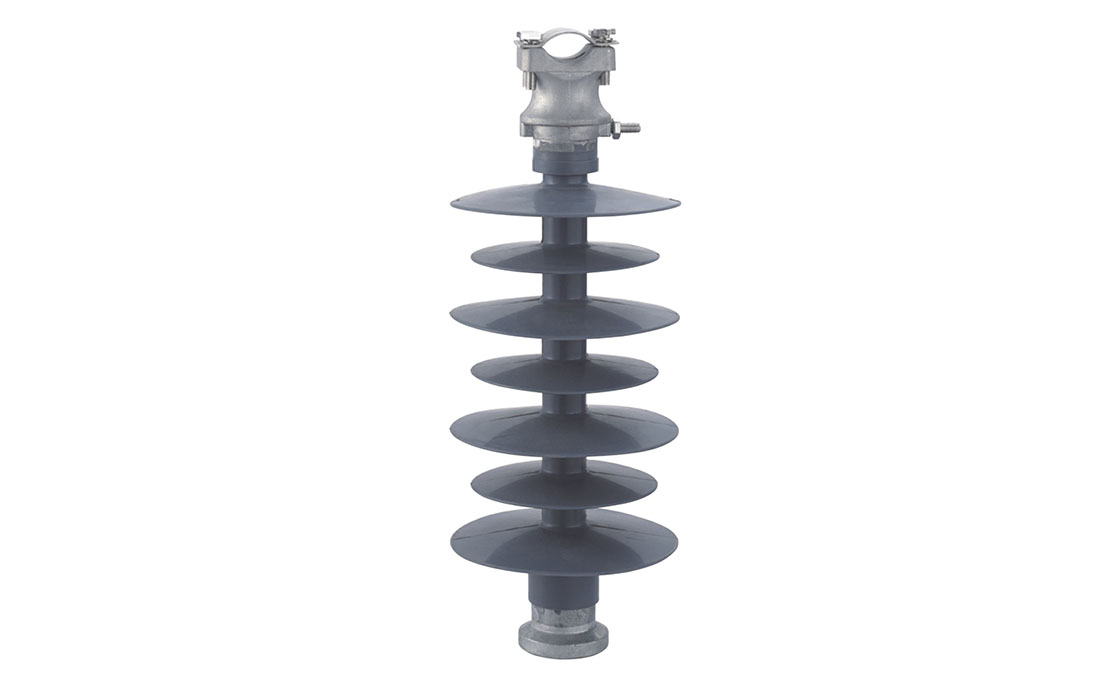
Also known as a composite insulator, this overhead insulating material comprises an epoxy resin, fibreglass, and a rod-shape core which is properly covered with sheds of the polymer.
The rod is fixed with galvanized steel on both ends. Different sheds of polymers are used on this material depending on the area of application. Some of the polymers used include rubber, epoxy resins, ethylene, Teflon, and ethylene-propylene monomer.
One of the advantages of polymer insulators is their lightweight. They can be easily transported without breaking or getting damaged. Their lightweight also means that they will exert a minimal load on the electric cable.
Polymer insulators also feature high tensile strength and are very flexible. They are the best insulators for areas that experience high levels of environmental pollution.
The main disadvantage of polymer insulators is they tend to experience current leakage. This happens when moisture finds its way into the insulator.
So, which is the best material for the power line insulator? From the three listed electrical insulator materials, we have seen that each one has pros and cons.
This means that there is nothing like ‘best’ insulators.
However, there are certain parameters than any insulating material for power line should meet. These are;
-High mechanical strength to support the load
-High electrical resistance to prevent the leakage of current
-The insulating material should be non-porous
-The material should be free of impurities
Once you are okay with these properties, then you can go ahead and check out for other properties.
Types of Overhead Insulators
There are three main types of power line insulators. These are:
-Pin insulators
-Post Insulators
-Stay Insulators
-Suspension insulators
-Strain insulators
-Shackle Insulators
Let’s look at each of these overhead power line insulator types and see what they have.
1.Pin type insulators
These insulators are used for supporting low voltage power line s. One piece of this insulator can be used on a conductor that conveys 11KV. Otherwise, these insulators are usually used on cables between 25KV and 44KV. The four-piece insulator can even be used on 66KV conductors.
A typical four pin insulator comprises several shells which are arranged in parallel before being mounted on a tower or pole. The design of these insulator’s petticoats should be such that inner parts will always remain dry even when the outer section is wet. This helps to prevent electrical leakage.
The top of the insulator allows the conductor to be bound into a groove which is then supported by a galvanized pin. A thimble helps to prevent direct contact between porcelain and pin.
Advantages of Pin type insulator
-Cheaper than other insulator types
-Easy to construct
-Provides an efficient way of supporting conductors
Disadvantages of Pin type insulator
They are only suitable for voltage below 50KV. Otherwise, they are bulky for the voltages above 50KV.
2.Post Insulator
Line post insulators are mounted on the electrical pole for the transmission line.
According to the usage and the position it installed on the pole, the line post insulators are divided into several types: Tie Top Line Post Insulators, Horizontal and Vertical Line Post Insulators, Under Arm Line Post Insulators and Clamp Top Line Post insulators.
3. Stay insulator
Stay insulator is a type of strain insulators, it is widely used in medium and low voltage lines for rural and railway. Stay insulator is also called guy insulator or egg insulator.
4.Suspension type insulator
If your overhead conductor is conveying high voltage, then you need a better insulator. Suspension type insulators may be the right insulator for your conductor. It is good at insulating high voltage conductors.
Suspension insulators can insulate conductors of up to 400KV.
In terms of the construction, suspension insulator comprises porcelain discs which are well arranged in series to form a string-like structure.
The conductor is suspended at the lower end while the other end is attached to the arm on the tower or pole. The number of porcelain insulators on the arrangement will depend on the working voltage.
Advantages of Suspension type insulators
-If one insulator fails, it can be replaced as the other insulators remain intact
-Cheaper for high operating voltages
-The arrangement provides flexible operation
-The insulating capacity can be increased by adding more insulators
-Provides protection against lightning when used with steel tower.
5.Strain Insulator
Also known as tension insulators, strain insulators are used when the conductor is subjected to high tension when hanging over particular sections. Such areas include sharp curves, river endings, and dead ends.
In such areas, there is likely to be a sudden change of direction of the cable. The insulator plays the role of reducing tension.
The design of strain insulators gives it some significant physical strength and dielectric properties. Two or even more insulators can be used in case the tension exceeds the expected limit.
Strain insulators are ideal for high voltage power transmission. Otherwise, you should consider using a shackle insulator.
6.Shackle Insulator
Also known as a spool insulator, the shackle is usually used for the low voltage power lines. It is always considered an alternative to strain insulator only that it has a lower capacity. It can be connected both vertically or horizontally.
The design of shackle insulator comprises a hole which ensures that the load is equally distributed to all the directions
Shackle insulators are becoming less popular in recent years as more and more people are embracing the use of underground power cables.
Binding wire is used for fixing the conductor in the insulator.
Features of transmission lines Insulators
Here are some distinct features of the PowerTelcom insulators:
-Lightweight: Despite being manufactured from quality material, these insulators carry minimum weight. This makes them easy to handle as compared to most conventional ceramic insulators.
-High impact resistance: Insulators in power system feature quality build to ensure that they are not affected by physical impact. This feature makes them ideal for different kinds of environments. They are also shock and vibration tested.
-High voltage resistance: As expected, the insulators can resist high voltage. This makes them applicable to all types of the electrical power system.
-Custom designs: Although the insulators come in standard designs, you are free to request for custom designs, and we will avail them. All you need is to send us the information about the desired design.
– Air permeability: These insulators feature an excellent air permeability. This simply means that they allow a seamless flow of air through them. The purpose of permeability is for heat management, especially on high voltage power transmission lines.
-Strong and durable: the insulators are sturdy and built to last for long. They also attract minimum maintenance cost.
Factors to Consider When Choosing Overhead Line Insulators
As we have seen, there are different types of overhead power line insulators. Each insulator comes with its unique properties. So, which is the right insulator for my power line?
There are several factors that can help you buy the best insulators for sale. They include;
-The voltage head: This is the voltage that is passing through the conductor.
-The distance between the poles. You need to check whether the distance is long or not before you eventually choose the insulator.
-The material of the insulator. Some materials are suitable for certain conditions and not for others.
-Dielectric properties of the insulators
-Environmental condition. Factors such as temperature, rain, snow, and humidity can affect the insulating properties of some materials. So, you need to carefully assess where you live before choosing an insulating material.
-The cost of the insulator. Although it may sound like a minor issue, it is important to consider the price of the insulator before buying. Buying cheap insulators may sound like a viable option but is not always the best thing to do. Contact overhead line insulator manufacturer to confirm their prices.
Insulator Design, Standards & Operating Parameters
There are specific parameters of overhead insulators that will directly affect its performance, efficiency, and durability. These parameters can be mechanical, physical, and electrical.
Mechanical Factors
Apart from preventing electric leakage, insulators are designed to provide mechanical support. For this reason, the mechanical properties of the insulator should be on point. This applies to all types of insulators.
IEC 60797 is one of the standards that are used to address the mechanical properties of an insulator. It considers factors such as the maximum load that can be supported by the insulators. For example, suspension insulators are usually labelled by their mechanical load capacity (suspension mechanical load)
Electrical factor
The electrical properties of an insulator are usually determined by the spacing between the insulating material and the arcing distance.
Some of the electrical parameters include dry power frequency and impulse withstand.
The voltage capacity of the insulator also falls under electrical factors. IEC 60071- recommends the standard voltage of the overhead electrical insulators
High Voltage Power line Insulator Manufacturer: Power Telcom
Wondering about where to find the best insulator for overhead power line s? We have the right solutions for you. At PowerTelcom, we design and manufacture different types of overhead insulators for sale.
Our products are of the high-quality ad we strongly adhere to the international standards of manufacturing. All you need is to send us the specifications of the insulators and we will deliver what you want.
Frequently asked questions
What is an electrical insulator?
An electrical insulator is an essential component in the overhead line and transmission line systems, it is usually mounted on the power towers, poles or other structures to prevent the electric current flowing to the unwanted regions from the overhead conductors.
What are the types of electrical insulators?
According to the usage, there are Pin type insulator, Post type insulator, Strain insulator, Suspension insulator, Shackle type insulator (also called spool insulator) and Stay insulator.
According to the materials, there are Glass insulators, Porcelain insulators, and Polymer insulators.
According to the applied voltage, there are low voltage insulators, medium voltage insulators, and high voltage insulators.
What you should consider when choosing overhead line insulators?
There are several factors that can help you buy the best insulators for sale:
- The applied voltage.
- The distance between the poles.
- The material of the insulator.
- Dielectric properties of the insulators
- Environmental condition.
- The cost of the insulator.
References:
